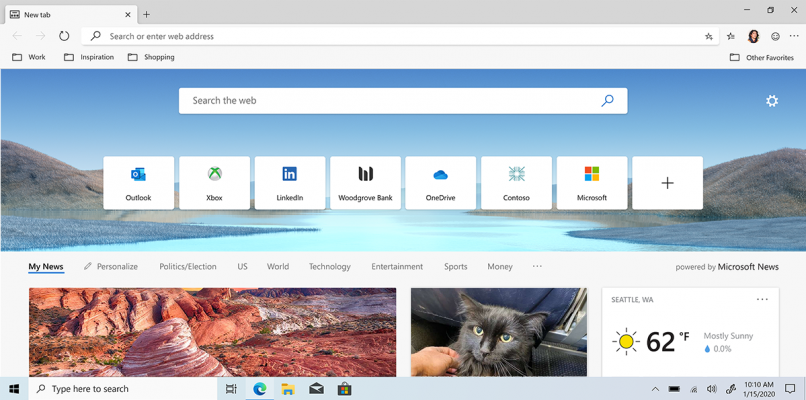When most people think of working from home, they picture leisurely mornings, no commute, and dressing for success (but only from the waist up, of course!). While all of these things may be true, working remotely during a global health crisis adds more to the scene; kids need help with homework, the cat has made someone’s charger a toy, and meetings and workflows may be interrupted by the dog barking at a critter outside. The way we interact while ‘at work’ has changed too--emails are the new watercoolers, gifs and emojis build camaraderie, and all meetings are either conference calls or video huddles.
Though remote employees are ostensibly privileged in this time of economic hardship, working from home has its consequences, namely remote meeting fatigue and burnout. In research done by Microsoft in July 2020, a team of scientists analyzed the brain waves of employees when performing meeting work versus non meeting work. The results revealed that brain markers associated with overwork and stress are “significantly higher in video meetings” due to having to focus “continuously on the screen”, “reduced non-verbal cues” and screens that don’t share a large enough of a view of meeting attendees.

Employee stress also comes from other sources. An article published in the New York Times in 2017 detailed the sources, symptoms, and helpful tips for alleviating burnout. The first cause listed for excess fatigue was “overcoming challenges associated with new software, changing atmospheres or different processes”. The difficulty of learning new workflows and applications hasn't dissipated— in a recent survey, 87% of remote employees said they receive work-related training, but 67% percent stated they needed more .This knowledge gap and source of stress is compounded by social distancing measures that require people to be separated not only from each other, but from their technical support systems that could ease the burden of working from home.
How can enterprises mitigate employee burnout? First, look at your toolset
Luckily for organizations, technology has quickly adapted to create solutions for both exhaustion and insufficient learning resources. Businesses should consider moving to a robust communication platform (if they haven’t already) like Microsoft Teams. This app has quickly established itself as leader over other programs, in part because of its end to end capabilities and numerous integrations. Microsoft has recognized the needs of its users and has rolled out or plans to release new features aiming to boost productivity and lessen fatigue from meetings. One of the most exciting new additions to teams is Together mode, a video setting that will leverage AI to place participants in a shared background, like they’re sitting in the same room. This reduces background distractions, making meetings feel more natural by placing the focus back on the people in the meeting. Teams will also have Live Events, allowing your company or school to have meetings or townhalls that keep everyone up to date, in real time. These features, plus the virtual Whiteboard, Speaker Attributions, and Reflect Messaging Extension makes Teams a powerful solution for your enterprise.
Second, evaluate your employee’s resources
Whether implementing a new software or maximizing the use of existing platforms, organizations need to have a robust set of resources for their employees. The learning curve of new applications or simple trouble shooting can be exacerbated by the new personal and professional environments created by COVID, leaving workers frustrated and lost. At Vitalyst, we provide our customers with direct access to enterprise-class, adoption services and content for a variety of applications and systems. Our platform includes access to live software coaching, our information hub, live webinar and custom training connector as well as continued support and learning through our managed service solution, Active365. Organizations must be vigilant—this means keeping up with frequent tech updates and changes, and ensuring workers have training , support, and resources to stay productive, and succeed in today’s new normal.
Overcoming fatigue and looking ahead
Here’s the bottom line: these insights and tech updates are only as powerful as organizations enable them to be. That is, if business leaders don’t convey this information to employees—including what’s holding them back, how they can use tech to improve their productivity, and how to beat remote work burnout—there can be little improvement. COVID-19 has devastated millions, but its also provided us the unique opportunity to understand ourselves more deeply, both personally and professionally. We will undoubtedly be a stronger, resilient world, --at work and at home.











